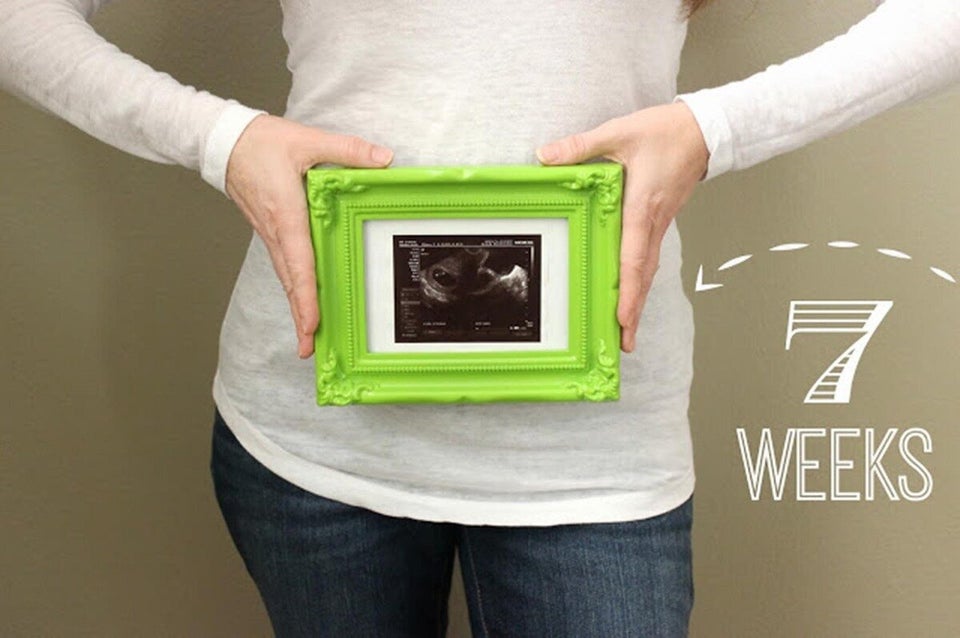Wind is no problem, right? All babies get wind!
Yes they do but that doesn't mean the discomfort and pain won't make your baby feel miserable and unsettled, especially when they are newborn.

What is wind?
Rather obviously, wind refers to the air that gets trapped in your baby's tummy, usually as a result of gulping during their feeds (although they can get it from crying very vigorously too!).
While it presents no real threat to a baby's wellbeing, wind can be extremely uncomfortable. It can also result in them stopping their feed early because the wind is not only hurting their tummy, it is also making them feel fuller than they actually are.
Bottle-fed babies tend to suffer from wind more because it is harder for them to control the flow of milk and sometimes, if the teat is not completely full of liquid, they can gulp down air from inside the bottle.
Breastfed babies get wind, too, of course - and whether breast or bottle fed, if your baby has wind, they'll let you know! Other than crying, signs include restlessness and squirming, and bringing their knees up to their chests.
What can I do?
In terms of helping to prevent wind in the first place, there are a few things to consider. When you are feeding your baby, try to make sure they are as upright as possible and if your baby is drinking from a bottle, try to make sure the teat is always completely full of milk by keeping it tilted.
If your baby frequently gets wind which upsets them, and actually seems to be disturbing their feeds, you could try using some drops, such as Infacol, which you can buy at a pharmacy. Given to your baby before each feed, the active ingredient in the drops is called simeticone. It works by encouraging trapped air bubbles to join up and create bigger bubbles that your baby will find easier to expel.
SEE ALSO:
Mum Warns Parents About Risk Cold Sores Pose To Babies After Daughter Is Hospitalised
Dehydration In Babies And Young Children: How To Spot The Symptoms
Baby's First Cold: Helping Your Little One Through The Sniffles
Burping your baby properly is essential to their comfort, but do it when there seems to be a natural break - for example, when it is time to switch breasts, or when your little one lets go of the bottle for a second. You might be lucky and find a foolproof way of winding your baby early on, or you might find you have to try several positions each time to get that wind up and out.
Many people wind their babies by placing them on a shoulder, and rubbing their back quite firmly. This often works well because holding a baby in this position keeps their back nice and straight. Some babies, however, find it easier to burp when they have some pressure on their tummy - so lie them down on your lap, making sure they won't wobble or fall off, and rub their back with circular motions.
Certainly the best winding position for comedy photos (seriously squishy cheeks!) is sitting upright on your lap, facing away from you. Use one hand to hold their chin up, which will keep their spine straight, and the other to rub their back.
Don't be surprised if your baby brings up a little milk when they do burp (this is known as possetting), it's very normal. If, after a few minutes, no wind has emerged, carry on with the feed and trying burping again when they have finished.
Some people swear by giving their baby a little gripe water at the end of a feed. Although there is no scientific evidence proving it works, thousands of mummies can't be wrong, and it's a harmless herbal remedy, so probably worth a try!
Although winding can be rather time consuming, your baby will love you forever just for the effort you put in to stop those tummy pangs.
So what else could it be?
Does your baby seem to cry and get exceedingly uncomfortable towards the end of the day? Although there is no definitive answer, wind has been cited as a possible cause of colic.
If your baby is vomiting large amounts of liquid after each feed, that is unlikely to be down to wind alone - they might be suffering from reflux.
If you're unsure, contact your midwife or health visitor.
